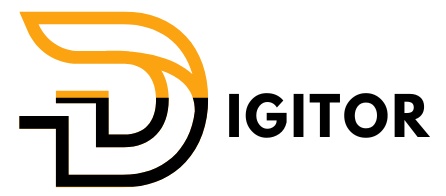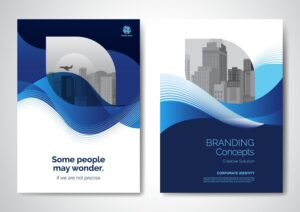Introduction
Your blog headline is the first impression a reader gets, and in the digital world, first impressions matter. A powerful headline can be the difference between someone clicking to read your article or scrolling past it. With so much content competing for attention, learning how to write engaging headlines that drive clicks is a must for every content creator, marketer, and business.
We’ll explore the techniques, strategies, and best practices to help you craft compelling headlines that grab attention and encourage readers to engage.
Why Headlines Matter
Headlines act as the gateway to your content. No matter how valuable your article is, if the headline doesn’t spark interest, it won’t get read. An engaging headline can:
-
Increase click-through rates (CTR)
-
Boost SEO rankings by including target keywords
-
Build trust with readers by being clear and relevant
-
Differentiate your content from competitors
According to studies, 8 out of 10 people read the headline, but only 2 out of 10 read the rest. That means the headline alone carries most of the weight in capturing attention.
Tips for Writing Engaging Headlines
1. Use Numbers and Data
Numbers make headlines specific and easy to scan. For example:
-
“7 Proven Ways to Increase Your Website Traffic”
-
“10 Tools Every Content Writer Should Use”
List-style headlines tend to perform better because they set clear expectations for the reader.
2. Ask Questions
Questions naturally spark curiosity. They invite readers to click for answers. For instance:
-
“Are You Making These Blogging Mistakes?”
-
“What’s the Best Way to Improve Your Website’s SEO?”
Questions make the headline conversational and relatable.
3. Add Power Words
Power words trigger emotions and make headlines more persuasive. Examples include:
-
Secrets
-
Proven
-
Essential
-
Ultimate
-
Free
Instead of “Tips for Writing Better Headlines,” say “10 Proven Tips for Writing Headlines That Convert.”
4. Keep It Short and Clear
The ideal length of a headline is 6–10 words. Too long, and it loses impact; too short, and it may not communicate enough. Aim for clarity over cleverness—your readers should understand what the content is about at first glance.
5. Optimize for SEO
Include your primary keyword naturally in the headline. For example, if you’re targeting “engaging headlines,” your headline could be:
-
“How to Write Engaging Headlines That Drive Clicks”
This helps search engines rank your content higher while keeping it relevant to readers.

6. Create a Sense of Urgency
Phrases like “now,” “today,” or “before it’s too late” encourage immediate action. Example:
-
“Start Writing Headlines That Sell—Today!”
Urgency motivates readers to act quickly instead of postponing.
7. Use Emotional Triggers
Appeal to emotions such as fear, curiosity, or excitement. Headlines with emotional impact are more likely to be shared. For example:
-
“The Shocking Truth About Low Website Traffic”
-
“Why Most Businesses Fail at Blogging (And How to Avoid It)”
Examples of Great Headlines
-
“15 Essential Tools Every Digital Marketer Needs”
-
“How to Boost Your Blog Traffic in 30 Days”
-
“The Ultimate Guide to Social Media Content Writing”
These examples work because they combine numbers, clarity, and power words while staying SEO-friendly.
Conclusion
Writing engaging headlines is both an art and a science. By using numbers, power words, questions, and emotional triggers—while keeping clarity and SEO in mind—you can create headlines that capture attention, boost clicks, and build stronger engagement.
Your content deserves to be read, and the right headline ensures it doesn’t get overlooked.
Explore more related articles to deepen your understanding
Best Fonts for Branding: Create a Lasting Visual Identity
SEO Content Writing: A Complete Guide for BeginnersDoes Google use Cloudflare
Content Writing Basics: A Beginner’s Guide to Effective Writing







